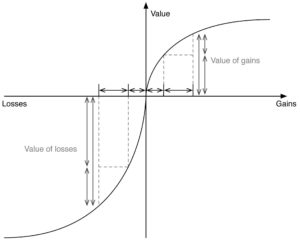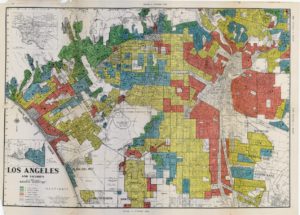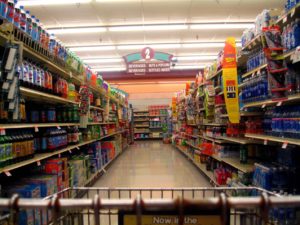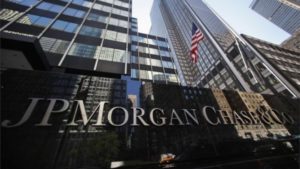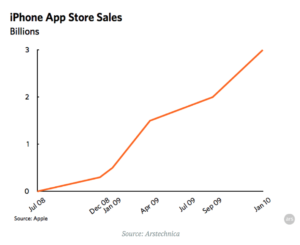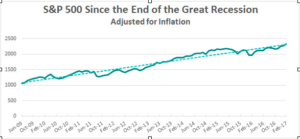Following a trend of progressive change throughout the country, California recently passed the legalization of recreational marijuana. Going into effect starting in 2018, any person over the age of 21 can legally buy marijuana. The $7 billion industry is expected to generate over $1 billion in state tax revenue.
However, per the federal government, marijuana remains a schedule 1 narcotic (the same level as heroin). Since the federal government is responsible for regulating banks and interstate commerce, there is a significant barrier to banking services for people in the cannabis industry. It is considered a crime to handle the financial proceeds from marijuana sales—banks can lose accreditation or even face money laundering charges.
There are obvious implications that stem from the lack of safe financial structures for the cannabis industry in states where the sale is legal. The irony of this industry is that it is essentially the only business that is begging to be regulated, as regulation will create safety for everyone involved in the transaction.
- Dangerous
- With hundreds of thousands of dollars in cash being mulled around in duffel bags and cars presents a high risk for crime and theft. Armored vehicles and security guards are a necessity.
- Inefficient
- The laborious counting of stacks of cash for paying taxes is slow and inefficient—it requires the tax collectors to use more time and people bring backpacks full of cash to bank and takes time
- With a cash-only system, it is difficult to pay employees and write checks
John Chiang & the Cannabis Banking Working Group
To brainstorm solutions to this problem, California State Treasurer John Chiang created a task force coalition, the Cannabis Banking Working Group (CBWG), with representatives from law enforcement, banks, regulators, and local governments. The goal is “to ensure a safe a smooth transition for the public, businesses and financial institutions” in the “unchartered waters” of legal recreational marijuana. The coalition has met several times in the past year and recently published a report on possible solutions to marijuana and banking in California.
Solution 1: State Courier Service
Under this plan, “the money would come to the state and the would be the party that would interact with the banks”. Armored vehicles would pick up cash from marijuana businesses and then transport those tax dollars to a secure counting facility. The cash would then be taken to either a federal reserve facility or a financial institution willing to “accept the cash as deposits to state accounts.”
Solution 2: Adhere to lenient existing laws
Support and expand the few small banks that followed strict compliance guidelines that allowed for business with the marijuana industry under Obama’s U.S. Deputy Attorney General.
Solution 3: Public Bank
The creation of a publicly owned bank or state-supported financial institution. Public banks are independent of the federal reserve, and are insured by the state. This idea, that has been gaining popularity since public dissatisfaction with Wall Street and big banks, may also reap other benefits. Such a bank could expand banking to underserved groups beyond the cannabis industry. However, the obstacles are formidable:
- Difficulty of getting deposit insurance
- Unknown start-up costs
- Investment likely to measure in the billions of dollars
- Probability of losses for several years or more that taxpayers would have to cover
- In addition, a public cannabis institution might have trouble obtaining federal regulatory approval and access to Federal Reserve money transfer systems.
Solution 4: Lofty Federal Goals
- Provide legal safe harbor to financial institutions, by prohibiting federal prosecutors or regulators from penalizing them for serving cannabis customers that comply with state law.
- Legalize cannabis by taking it off the list of Schedule I controlled substances.
- Prohibit federal officials from prosecuting cannabis consumers or businesses in states that have approved medical or adult recreational use.
